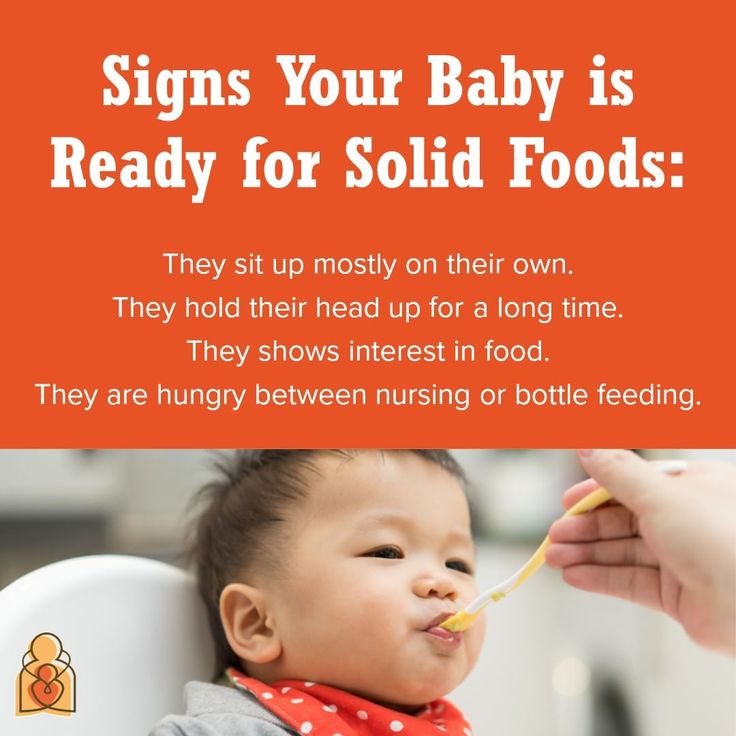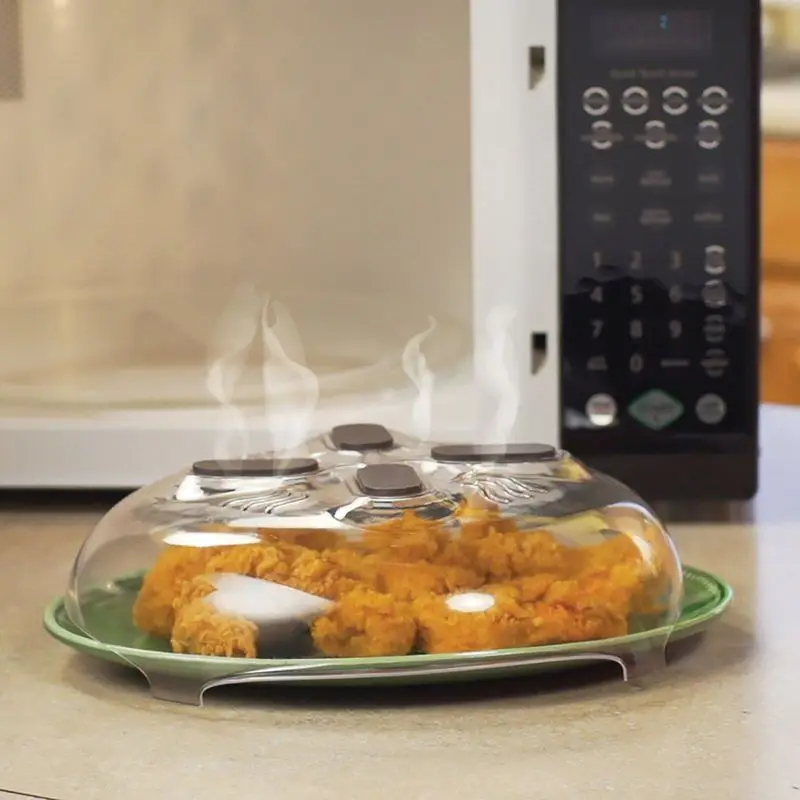Baby food with chunks
Baby stuck on purees? How to move to textured food.
This post is inspired by a mom I met at the local gym recently who was feeding her cute 8 months old baby a puree with a spoon. We started chatting and when she found out I was a pediatric dietitian she asked, pointing to a puree pouch: ” So when to move on? To start feeding more textured food to my baby?”.
This post for this mom and many others who have started their babies on purees and are interested in following a traditional approach to the introduction of solids, slowly moving to more textured baby food.
This post NOT for Baby Led Weaning followers or those who are already using a mixed approach to starting solids, feeding their baby both puree and finger foods from the start.
If you are like many parents I know, you have invested in some kind of baby food equipment before introducing your baby to solids. I did the same with my first child and made sure my freezer was stocked with dozens of healthy and colorful purees….
Which I eventually turned into soups for the whole family or added to pasta sauces.
Why? Because the puree stage does not last that long if you pay attention to your baby’s readiness for food with more texture and finger foods!
It can take literally just a few day or maybe weeks for your baby to start eating mashed foods, tolerate lumps and start picking up finger foods. In fact, it is possible to use both purees and finger foods right from the start. I am so passionate about this approach, I even created a whole online program teaching to implement it.
IMPORTANT: your baby’s readiness for textured food or for solids, in general, should be determined by signs of readiness rather than biological age.
But if you prefer to follow a more traditional sequence of texture upgrades, make sure to keep your eyes open for these signs of readiness for more advanced textures.
The most important sign your baby is ready for more textured food:
– You baby tolerates thick smooth purees without any problem.
Two other signs you may notice if you give your baby a taste of rough puree or puree with lumps:
– He is starting to move the food around in his mouth using his tongue
– You notice the first chewing movements
Note that you may need to actually GIVE your baby some food to chew in order to see the last 2 signs (moving food in the mouth and chewing).
When babies are ready for textured food, purees become too easy for them and they do not need to manipulate them in their mouth.
Why is it important to not miss these signs of readiness for more textured baby food?
Because it may affect how your child is eating waaaay down the road. This study saw a link between the late introduction of lumps (at 9 months and later) and food acceptance at 7 years of age.
Another study looked at the connection between feeding difficulties and the last introduction of lumps. Here is what researchers observed:
Those infants who were introduced to lumpy solids at the earliest ages consumed a greater variety of family foods at the age of 6 months, while those introduced at 10 months or later had been given fewer solids of all types by 6 months of age and at 15 months were significantly less likely to be having family foods when compared to those introduced between 6 and 9 months.
At each age, those introduced late (10 months or older) to lumps were more difficult to feed and had more definite likes and dislikes.
And concluded:
A significant difference was observed in the variety of foods given to infants at both 6 and 15 months according to the age at which they began to have lumps in their food, and feeding difficulties were more likely to occur when lumps were introduced at or after 10 months of age.
Transitioning to more complex textures also means that your baby will join you at the family table eating the same foods as you sooner.
Ellyn Satter, an internationally recognized child feeding specialist, said in one of her books: “The goal of feeding your baby is to have him join you at the table…not for you to join him at the high chair.”
Of course, some babies may show the signs of readiness for more texture at 6-7 months, while others, especially premature babies and those with developmental delays, may need to wait for a few more weeks.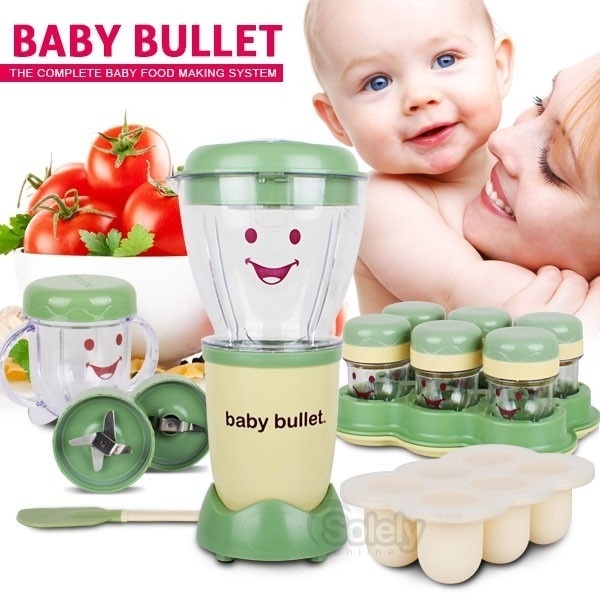
But it is very important for parents to be able to recognize these signs and upgrade the texture of their food appropriately.
How to move on to textured baby food if your baby is stuck on purees (for babies 6 to 8 months):Step 1. Mash it with a fork. Yes, it is as simple as this. Instead of using a blender, just smash the food until you have a coarse puree. See above a picture of a mango mashed with a fork vs mango blended in a puree.
Step 2. Give your baby some dissolvable or very soft finger foods. Examples are cereal puffs or pieces of very soft cooked vegetables, fruit and soft meats or fish. You can bring the food to your baby’s mouth for him to eat or (better!) let him practice his motor skills and try to pick them up.
Step 3. Give your baby bigger pieces of finger foods that he can hold himself, gnaw and take small bites from. Here is a list of finger foods that are both easy and nutritious.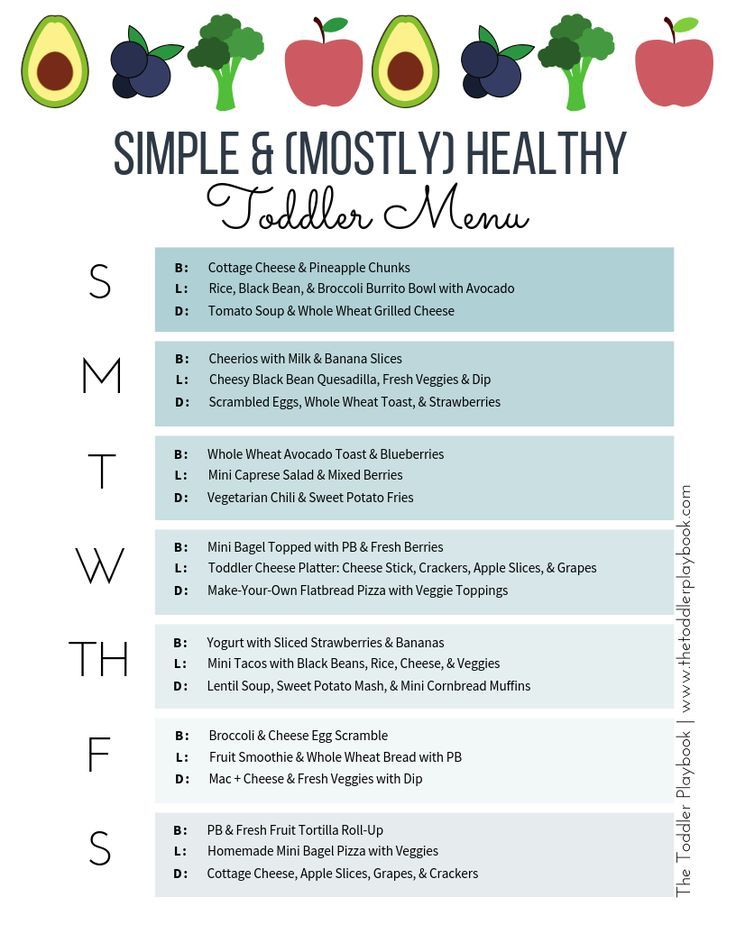
Again, every baby is different and your baby may dislike the lumps but enjoy finger foods or the other way around. The best strategy is to keep exposing to a variety of textures as soon as your baby is eating purees with no problem.
Remember that the goal is to have your baby at a family table by eating foods of different textures as soon as he is ready for it.
If you would like to get the whole framework and all the steps to start your baby on solids using the mixed approach, check my Stress-Free Solids program – it’s completely online and has videos of babies eating both finger foods and purees (differed textures), videos of babies gagging, photos of safe finger foods from all the food groups, recipes and schedules. I also walk through all the texture transitions, so you know when exactly your baby is ready for the next upgrade and how exactly to help them develop their skills.
What may happen next?1. Baby will start eating less. It is not uncommon for babies to cut down on the amount of food temporarily as they are mastering a new texture. It is a very normal reaction. It also may take longer for them to eat the same amount of food.
It is not uncommon for babies to cut down on the amount of food temporarily as they are mastering a new texture. It is a very normal reaction. It also may take longer for them to eat the same amount of food.
But you do not need to worry about it because at this age a big part of calories and nutrition are still coming from formula or breast milk. So a temporary decrease in the intake of solids is not likely to impact your baby’s nutrition.
It is hard to let go of control over how much the baby eats but this will also prepare you for the toddler stage when appetite may reduce dramatically and desire for independence may grow tenfold.
2. Baby will gag. Gagging is a sign that babies are learning to handle a new texture. It is a safety reflex that helps them get rid of the food that is still too challenging.
If your baby gags but then happily continues eating and learning to manage the food, great. Just keep doing what you were doing, slowly upgrading the texture.
If your baby gags continuously, vomits frequently and is generally upset at mealtimes, it is best to consult a feeding specialist to rule out potential underlying issues. You can also check this online class with an occupational therapist.
3. It is messy. Of course, spoon-feeding is a relatively mess-free way to feed a baby. But it is important for your baby to learn how to eat independently. There is no way around it, unfortunately. An added bonus is that the mess your baby creates while learning to self-feed boosts his sensory development. So it is a win-win!
I invite you to consider a few weeks of a terrible mess as an investment in your baby’s long-term good eating habits and interest in food and eating.
How to move on to textured baby food if your baby is older than 8 monthsYou may need more support and a more detailed plan to help your baby. It will include steps to help your baby move the food in the mouth in a more mature pattern, improve his chewing skills and help move his gag reflex further down the tongue.
Because so many parents reach out to me every week I partnered with an occupational therapist Alisha Grogan to bring you a fully online class Table Food School that includes the step by step roadmap to help your child eat more textures.
Alisha has used the same plan in her individual therapy work with families so you will learn secrets that are rarely shared outside of the feeding therapy community:
- Knowing which foods to serve when
- How to set up your meals to be a time your child enjoys and is ready to explore in
- Learning and addressing your child’s challenges so they can eat solid, table, and finger foods well.
- How to help your child transition to more textured food and prevent future picky eating
You will learn about the best food schedules, the optimal food order and also how to use special tools to help your child tolerate and enjoy more textures and variety.
Learn more about the Table Food School online class here.
18 Stage 3 Baby Food Recipes (Easy + Delicious)
Home » Feeding Style » Baby Food Purees » Stage Three » 18 Stage 3 Baby Food Recipes (Easy, Delicious + Homemade)
These 18 Stage 3 Baby Food Recipes are easy to make, delicious for baby to eat and completely homemade! They are combination purees with soft chunks that will get baby ready for the next stage – finger foods. Great for babies 9-12 months.
Medically reviewed and co-written by Jamie Johnson, Registered Dietitian Nutritionist (RDN), and Lauren Braaten, Pediatric Occupational Therapist (OT).
Stage 3 Baby Food RecipesNow that your baby has mastered Stage 1 as well as Stage 2 baby food purees, it’s time to move on to the last phase of their puree journey – Stage 3!
Stage 3, or Chunky Purees, is the last stop of the puree culinary adventure for baby – the next phase is finger foods.
What exactly are Stage 3 Baby Purees? Well, put simply, Stage 3 baby foods are a puree with small chewable chunks inside. Having small manageable chunks in a puree gets your baby ready for finger foods by having them explore similar tastes that they are used to but with completely different texture profiles.
Having small manageable chunks in a puree gets your baby ready for finger foods by having them explore similar tastes that they are used to but with completely different texture profiles.
Baby has to learn how to move the chunks around their little mouths, how to chew on those chunks and finally they have to learn to swallow them without gagging or choking. It’s a sensory and exploratory practice that takes some time, but trust me, baby will learn how to do all of these things in no time at all.
Looking for even more baby food ideas? You can also check out my best-selling cookbook for even more information and recipes.
Reasons to Love these Homemade Stage 3 Purees- wholesome
- delicious
- freezer-friendly
- nutrient-dense
- full of whole grains – millet, whole wheat pasta, quinoa, etc
- great ideas for breakfast, lunch and dinners
- can be made slightly chunky or really chunky depending on where baby is at with this stage of purees
- baby doesn’t have to have teeth for these chunky purees – they will be able to gnaw at any of these chunks with their gums
Frequently Asked Questions
When can you introduce baby to stage 3 purees?
You can introduce Stage 3 purees to your baby around 9 months of age.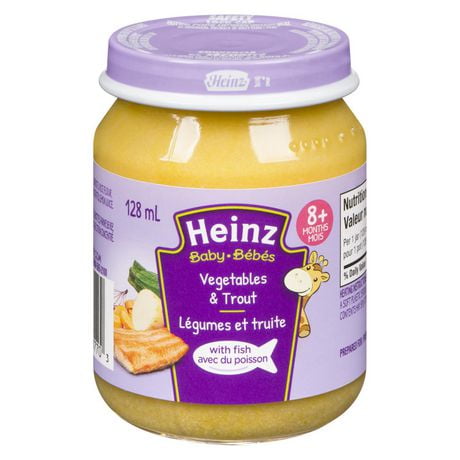 You will want your baby to have had a great deal of practice eating smooth combination purees before you serve them chunky purees.
You will want your baby to have had a great deal of practice eating smooth combination purees before you serve them chunky purees.
What are Stage 3 Baby Foods?
Stage 3 baby foods are a thick puree with soft chewable pieces of food inside.
What is the difference between Stage 2 and Stage 3 baby foods?
The only difference between Stage 2 and Stage 3 baby food is that Stage 3 baby foods are slightly chunkier than Stage 2 purees. Traditionally, Stage 3 baby foods are meant to be the last step in the puree process before you start your baby on finger foods. You are giving your baby some time to practice mouthing and chewing on small pieces of cooked foods before handing them solid foods. Of course, you can always introduce finger foods at the same time as Stage 3 purees.
Why are Stage 3 Baby Foods Important?
Stage 3 baby foods are important because they will help teach baby what to do with small chunks of food in their mouths, how to move the chunks around their mouth, how to “chew” these chunks as well as how to swallow them.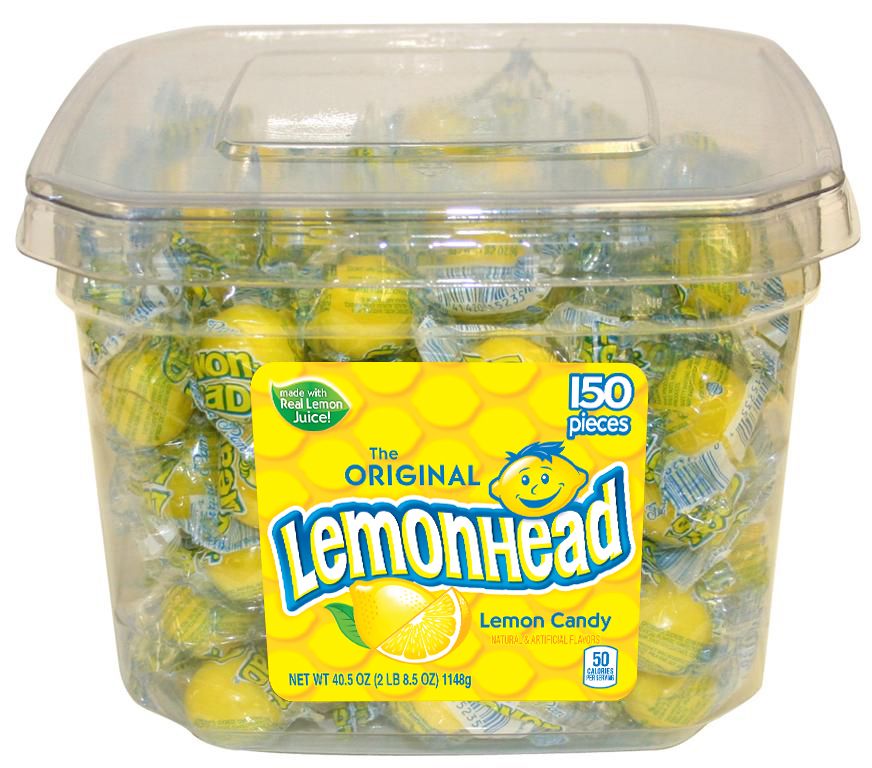 This stage is important because you are exposing them to a ton of different textures and taste sensations.
This stage is important because you are exposing them to a ton of different textures and taste sensations.
How to Make Stage 3 Baby Purees
You can make any homemade Stage 2 baby food puree into a Stage 3 baby food simply by not blending the produce into a smooth puree.
- Cook the fruits, veggies, grains and meat according to the recipe.
- Place in a food processor or blender.
- Pulse the puree in 5-10 second intervals until you have small ‘pea’ size pieces and everything is incorporated.
- Serve to your baby.
Yes, you can start finger foods at any age! This stage is all about texture and taste exploration, so the more you introduce to your baby now, the easier it will be for them when they start eating table foods. You can read my Ultimate Guide to Finger Foods for more information.
HELPFUL TOOLSThese tools will make it a lot easier to make homemade baby food purees. For more of my favorite kitchen tools make sure to check out my shop.
For more of my favorite kitchen tools make sure to check out my shop.
- blender or food processor
- baking sheet
- saucepans
- knives
- veggie peeler
- spatula
- freezer tray
- storage containers for fridge
- stasher bag
- reusable pouches
- baby food maker
Every recipe below has specific instructions on how to store that particular puree, but these are the general guidelines.
REFRIGERATORYou can store the puree in an airtight container in the fridge for up to 4 days.
FREEZERMost homemade puree can be frozen for up to 4 months.
- Spoon puree into a freezer storage container. Do not overfill.
- Place the lid on the storage container or cover with a piece of saran wrap, and label with the date and recipe name.
- Place the tray into the freezer and let it freeze completely — preferably overnight.

- Pop-out the baby food cubes and place them in a ziplock baggie or stasher bag. Don’t forget to relabel the baggie or stasher bag for future reference.
Need more information on how to store your baby foods? Head over to my Best Baby Food Storage Containers – Plus 6 Tips on Freezing and Thawing post!
FEEDING TIPS
- Have a spare spoon (or three!) – even very young babies often want to be involved in feeding themselves as much as possible. Giving your baby an extra spoon to hold can be helpful in giving her a sense of control and also promotes hand-eye coordination. Allow your baby to use spoons as a teether during the meal. There are many great options out there but a few we particularly love include the Olababy 3 Piece Set, the NumNum Pre-Spoon GOOtensils, and the ChooMee FlexiDip Baby Starter Spoons.
- Purees are great to keep in your baby’s regular rotation of foods – but if you start feeding with traditional weaning using purees, make sure to progress beyond eating ONLY purees.
 Once your baby can safely and comfortably swallow purees (usually by 7 or 8 months) it’s time to introduce other textures, such as teething biscuits and soft-cooked finger foods. Moving onto additional textures in a timely manner may help prevent feeding difficulties at a later age.
Once your baby can safely and comfortably swallow purees (usually by 7 or 8 months) it’s time to introduce other textures, such as teething biscuits and soft-cooked finger foods. Moving onto additional textures in a timely manner may help prevent feeding difficulties at a later age. - Throwing spoons is a common phase that all babies go through at one point or another. One of the best ways to handle spoon throwing is to ignore it and keep feeding your baby as usual (with an extra spoon you already have at the table). If your baby ends up also throwing back up spoons #2 AND #3, simply encourage your baby to eat with their hands until they appear to be finished with the meal. ***Give baby plenty of opportunities to practice putting items in and taking items out of containers outside of mealtimes.
Chunky Summer Veggie Pasta
5 stars (4 ratings)
This Chunky Summer Veggie Pasta for Baby and Toddler combines all the flavorful tastes of summer into one bite-size dish!
Get the recipe
Oatmeal with Beets + Carrots
5 stars (8 ratings)
Yummy healthy oatmeal gets mixed with beets and carrots, spices, and raisins for a veggie packed breakfast your toddler won’t be able to resist.
Get the recipe
Green Baby Puree with Chicken
5 stars (7 ratings)
Green Baby Puree with Chicken is a delicious chunky puree that can be made in under 30 minutes! It is loaded with healthy green vegetables, lean protein and topped off with some apple sweetness.
Get the recipe
Blueberry Chickpea with Rosemary Baby Food Puree
5 stars (40 ratings)
This puree is packed with antioxidants, fiber, Vitamin A and C from the blueberries and protein, zinc, manganese, folate and iron from the chickpeas. All of that goodness packed into a super simple and delicious puree!
Get the recipe
Avocado for Baby – Puree & BLW
5 stars (16 ratings)
Avocados are a superfood and great first food for babies 6 months and up. Serve them pureed, smashed, or as a finger food for baby-led weaning.
Get the recipe
More Recipes Baby will Love- 8 Baby-Led Weaning Meal Ideas for Baby + Toddler
- 4 Baby-Led Weaning Snack Food Ideas
- 6 Baby-Led Weaning Breakfasts
- The Ultimate Guide of Fingers Foods for Baby
- 15 Healthy Finger Foods for Toddlers (that they will love!)
- 2 cups sweet potato, peeled and chopped (roughly 2 small sweet potatoes)
- 2 cups strawberries, trimmed and chopped
- 1/2 tsp cinnamon
- 1 cup cooked farro
Steam: In a medium saucepan, bring 2 inches of water to a boil.
 In a steamer basket add the sweet potatoes, cover and steam for 15 minutes. Add the strawberries and sprinkle with cinnamon and steam for 3 more minutes. Let cool slightly. Reserve steamer water.
In a steamer basket add the sweet potatoes, cover and steam for 15 minutes. Add the strawberries and sprinkle with cinnamon and steam for 3 more minutes. Let cool slightly. Reserve steamer water.Blend: Transfer the cooked sweet potatoes and strawberries as well as the cooked farro into a blender or food processor. Pulse in 5-10 second increments until all of the ingredients are combined and you have small pieces of food.
Eat: Serve to baby and enjoy.
Age: 8+ months
Yield: 20 ounces
Storage: Fridge – store in an airtight container in the fridge for up to 4 days. Freezer – can be frozen for up to 4 months.
Notes on Strawberries: in the spring time when strawberries are not at their juiciest, I find that giving them a quick steam helps make their flavor more impactful.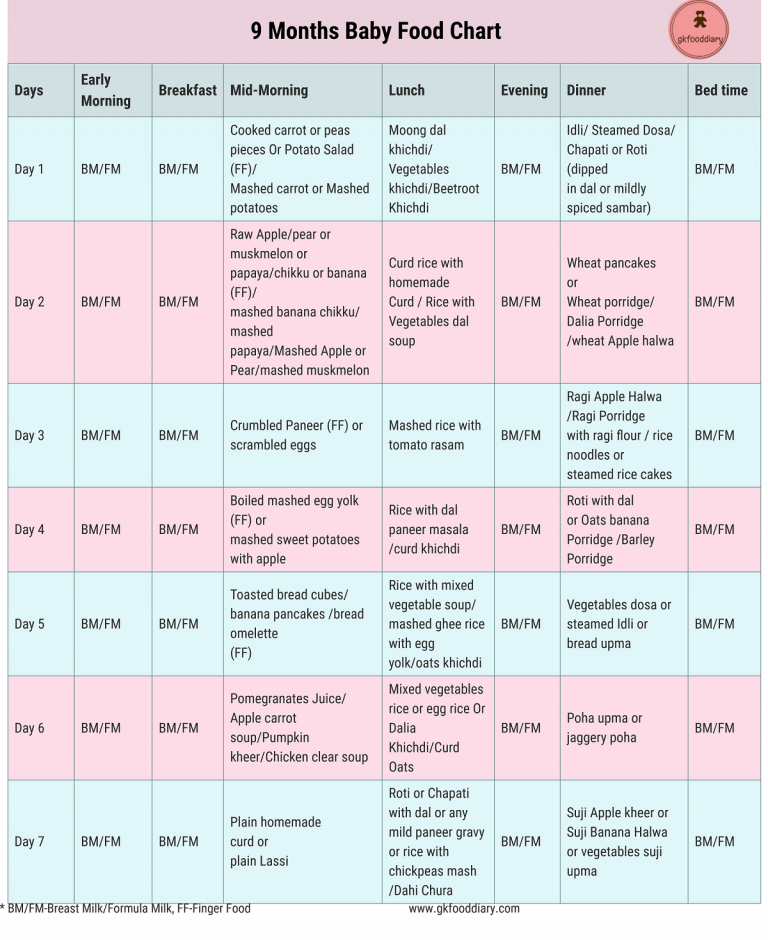 If you are making this at the height of strawberry season and your strawberries are bursting with flavor, feel free to skip the steaming step and you can add them straight to the blender before pulsing.
If you are making this at the height of strawberry season and your strawberries are bursting with flavor, feel free to skip the steaming step and you can add them straight to the blender before pulsing.
Blender
Reusable Pouches
Bumkins Baby Bowl
NumNum Pre-Spoon GOOtensils
Did you make this recipe?
Tag @babyfoode on Instagram and hashtag it #babyfoode!
Pin <em>Recipe</em> Email <em>a Friend</em>
From mashed potatoes to chunks: when to switch your baby to solid food liquid food - mother's milk. Congenital reflexes are responsible for this process: sucking and swallowing. By the time they are applied to the breast, they are already quite well developed.
-
Up to 4-6 months the child can only eat liquid homogeneous food. If a denser lump of food gets into the mouth, the gag reflex will work.
-
From 4 to 6 months , the baby starts chewing. Parents may notice that the baby no longer sucks the toy that has fallen into the mouth, but tries to chew.
 Gradually, the work of the masticatory muscles is consistent with the swallowing reflex, the baby shows interest in the food that he sees on the table with his parents. At this age, the protective reflex of pushing food thicker than breast milk with the tongue also fades away. This is a signal that the time has come to introduce the child to liquid homogenized (homogeneous) mashed potatoes and cereals, which resemble thick sour cream in consistency. nine0003
Gradually, the work of the masticatory muscles is consistent with the swallowing reflex, the baby shows interest in the food that he sees on the table with his parents. At this age, the protective reflex of pushing food thicker than breast milk with the tongue also fades away. This is a signal that the time has come to introduce the child to liquid homogenized (homogeneous) mashed potatoes and cereals, which resemble thick sour cream in consistency. nine0003 -
From 6 to 9 months, when many children have their first teeth, it is necessary to switch to a thicker food - puree (grind particle size 1.5 mm). But the dishes should still be without lumps. If they are caught, the baby will push them out of the mouth.
-
After 9 months the baby tries to chew everything that gets into his mouth. This suggests that it is time to complicate the structure of food and switch to coarsely ground purees (particle size 3 mm). Apples can already be grated on a coarse grater or just finely chopped.
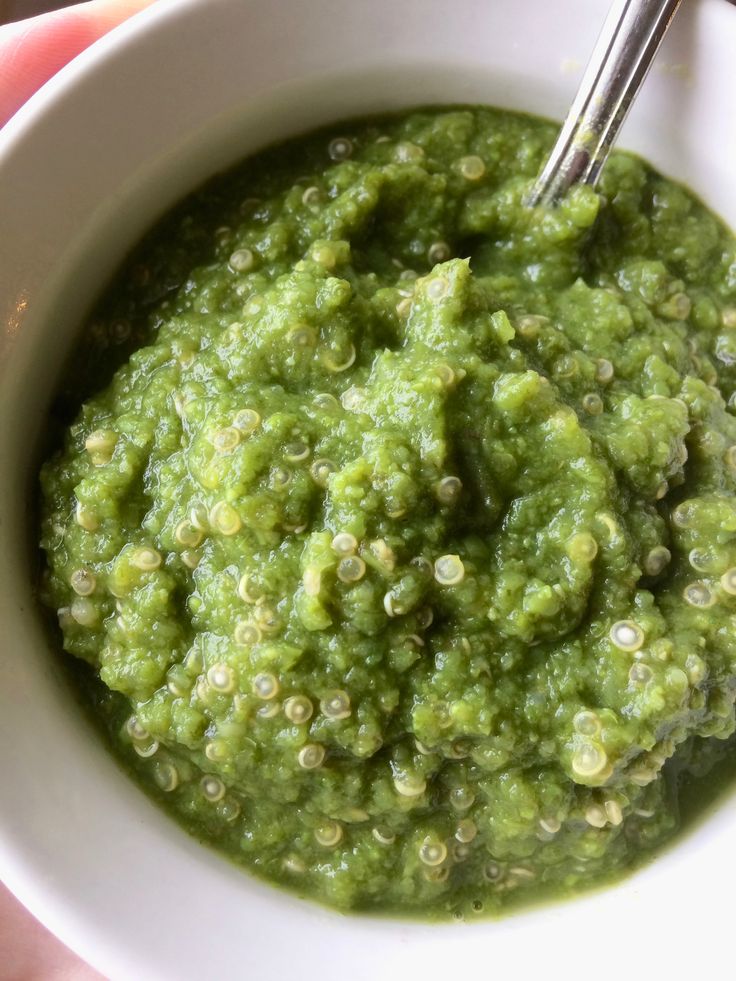 To encourage chewing, also offer the crumbs a piece of bread or baby biscuits. nine0003
To encourage chewing, also offer the crumbs a piece of bread or baby biscuits. nine0003 -
After 12 months, when there are already 8 teeth in the mouth, boiled vegetables can be kneaded with a fork. As the chewing reflex continues to develop, it's time to teach your child to bite off food in small pieces. For this, the crumbs are given children's meatballs, fruit slices, a piece of bread, simple bagels.
The timing of the acquaintance of the crumbs with thicker food, of course, is approximate. But if you are too late or hurry with its introduction, problems may arise. nine0003
Haste can cause regurgitation, vomiting, and fear of eating food. If you decide to postpone a meeting with a thicker or solid food for a long time, then there may be a lag in the development of the digestive system and the chewing apparatus. It will be more difficult for a child to learn to bite and chew food. For this reason, it is necessary to carefully study the labels on baby food packages.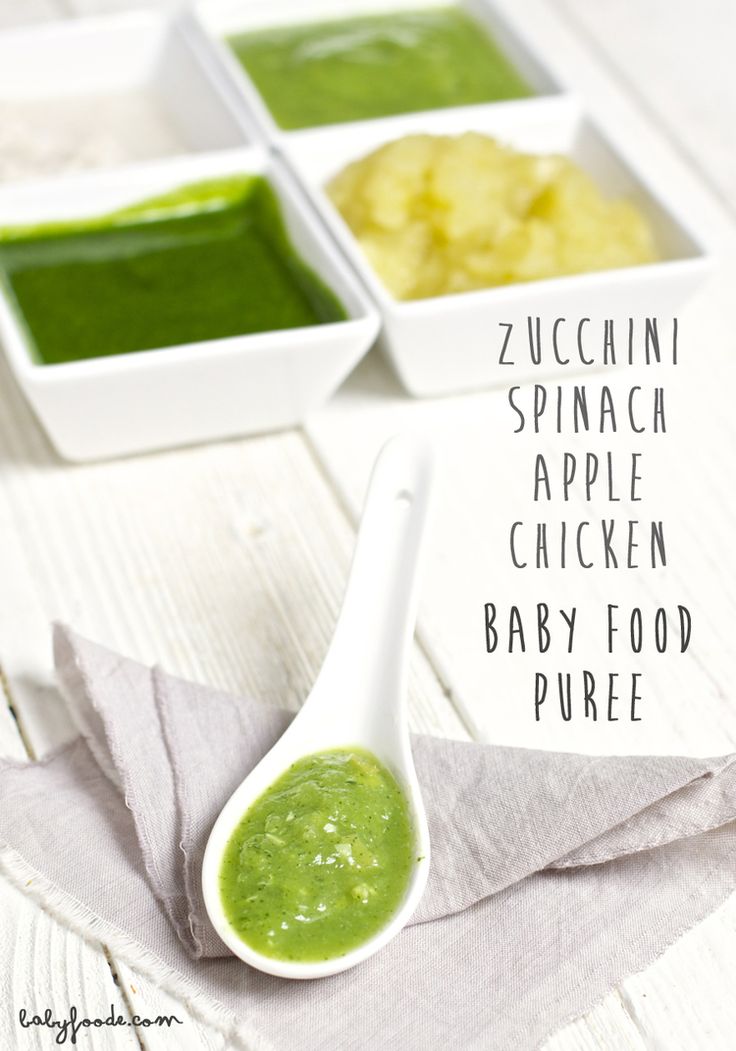 Regardless of the recommendations of the manufacturer, remember that acquaintance with complementary foods cannot occur before 4-5 months. nine0003
Regardless of the recommendations of the manufacturer, remember that acquaintance with complementary foods cannot occur before 4-5 months. nine0003
- Photo
- Sam Edwards/Getty Images/OJO Images RF
When to start?
This should be determined by a doctor observing the baby's health, because each child has his own individual developmental characteristics and may not fit into the general scheme.
More useful materials about children's nutrition and development - in our channel on Yandex.Zen.
Lyubov Prishlaya
Today they are reading
The Prince and Princess of Monaco showed a Christmas card — the couple’s daughter surprised everyone in the photo
Baby Shark, "Blue Tractor" and 6 more annoying videos on YouTube
Results of the year: the main workaholic of the British royal family is named
Online broadcast and funeral at sunset: 8 features of the burial of Elizabeth II Ksenia Borodina shared a photo from her daughter's birthday
Meet the new meat and vegetable purees with pieces, enriched with iron!
"FrutoNyanya" presents a new line of meat and vegetable purees with pieces, which is great for developing chewing skills in babies.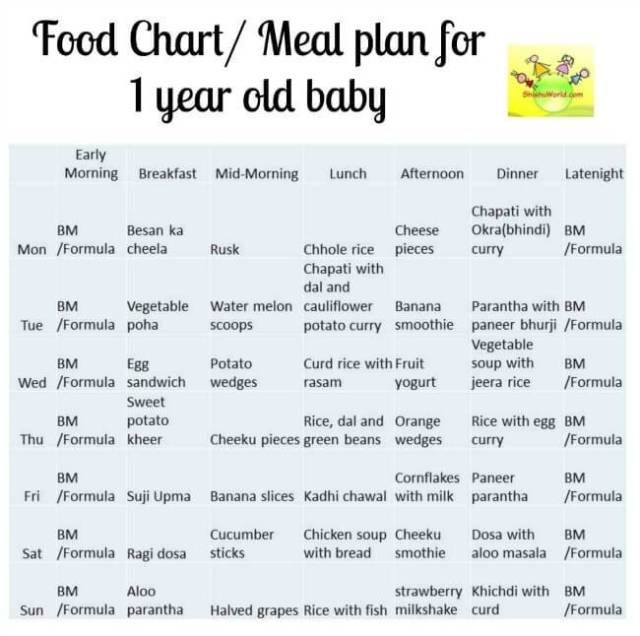 New products are enriched with iron - in each jar 12% of the daily requirement. nine0003
New products are enriched with iron - in each jar 12% of the daily requirement. nine0003
Why is iron so important for a child? The fact is that it is responsible for the process of hematopoiesis and the delivery of oxygen to cells and tissues.
The line includes 4 delicate purees made from selected raw materials, which will help to smoothly prepare the baby for the transition to the common table.
2 purees can be offered to babies from 9 months:
- Turkey, potatoes, broccoli
- "Chicken, potatoes, carrots"
For babies from 8 months created: nine0003
- Beef, rice, vegetables
- Vegetable soup with chicken
New items are presented in an enlarged format - 190g. One jar can become a complete lunch or dinner for a baby.
Of course, there are no preservatives, dyes and GMOs in the puree.
The best food for a young child is breast milk.




